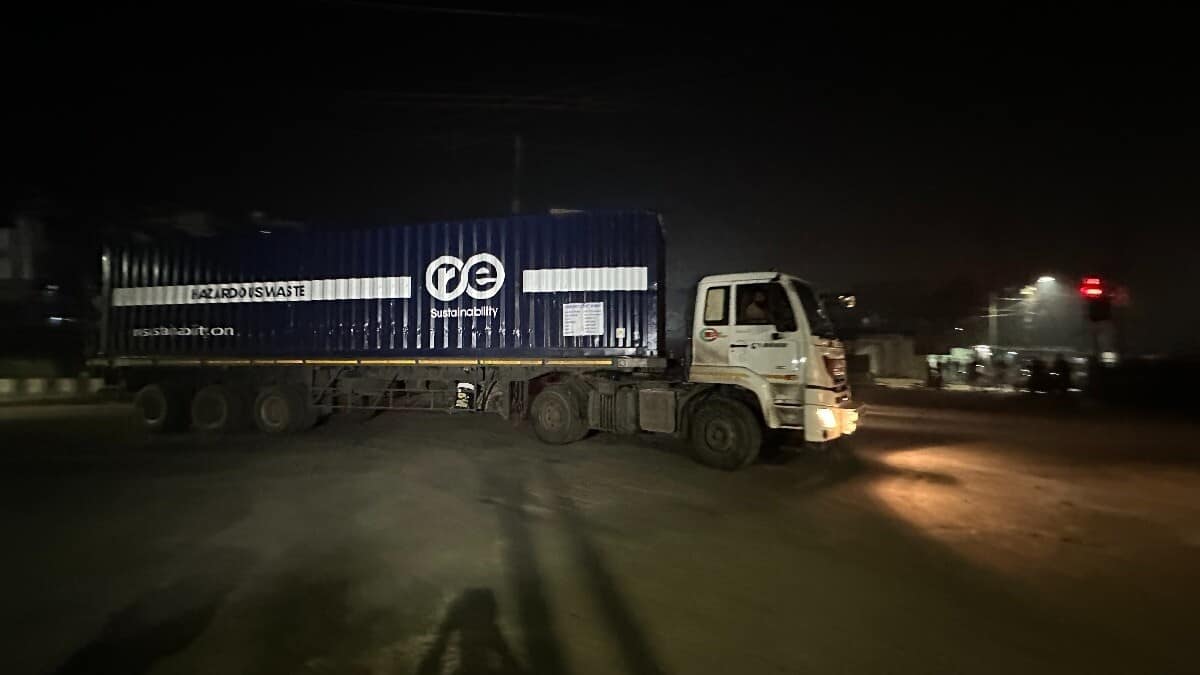
40-year-old toxic waste from Bhopal gas tragedy site leaves city
What's the story
The removal of 337 metric tons of toxic waste from the Union Carbide factory site in Bhopal, the epicenter of the 1984 gas tragedy, has finally begun. The waste, ferried in 12 specialized containers, was transported to a disposal facility in Pithampur, around 250km away. The convoy was accompanied by police escorts, ambulances, doctors, fire brigade units and quick-response teams. To guarantee safe transit, the convoy of 12 containers moved at an average speed of 50 km/h.
Waste components
Composition of the toxic waste from Bhopal site
Moreover, during the transfer of chemical waste to containers, a 200-metre radius around the location was sealed. The waste includes a number of toxic materials such as traces of Sevin pesticide and methyl isocyanate (MIC), the gas that caused the disaster. Other materials include reactor waste and contaminated soil. Bhopal was transformed into a gas chamber on December 2, 1984, when a massive release of MIC from the Union Carbide plant killed over 15,000 individuals and impacted over 6,00,000.
Disposal facility
Pithampur facility's role in hazardous waste disposal
Swatantra Kumar Singh, commissioner of the rehabilitation department, described the Pithampur facility as "a leading-edge facility designed to handle and dispose of hazardous waste with precision and safety." The facility uses an incineration system with rotary kiln at temperatures ranging between 850°C to 1200°C. It also has a Secondary Combustion Chamber to destroy volatile organic compounds with high efficiency.
Discontent voiced
Victim groups express dissatisfaction with removal process
Meanwhile, organizations of gas victims have been unhappy with the removal process. They allege that the waste being removed is less than one percent of the total toxic material at the site. These groups are pushing for the waste to be disposed of in the United States instead of India, as contamination has resulted in heavy metals and organochlorines in groundwater in nearby settlements, causing cancer and kidney diseases.